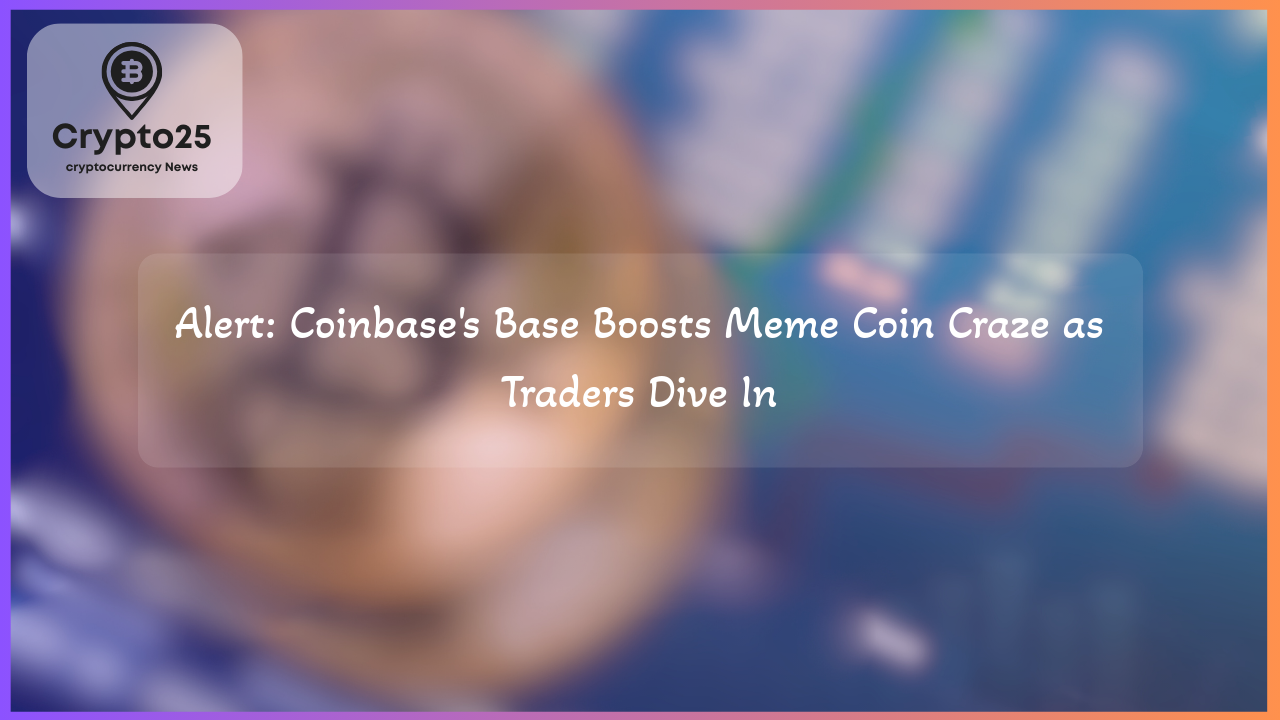
The innovative interplay between blockchain technology and social media platforms has once again taken center stage, as Base, Coinbase’s Layer 2 scaling network, introduced a new token coined through Zora, an on-chain protocol. While the experiment promised a glimpse into the potential of decentralized content monetization, it also highlighted the volatility and complexity of such systems. Below, we’ll dive into all aspects of this intriguing event and its impact on the crypto ecosystem.
## Exploring the “Base for Everyone” Token: A Blockchain Experiment
Recently, Base took to its official platform on X to showcase a groundbreaking token experiment. Dubbed the “Base is for Everyone” token, it was minted automatically via Zora’s social-oriented on-chain protocol designed to tokenize social posts into tradable assets. The initiative evolved quickly: user interest drove the token’s market capitalization to a striking $13 million in mere hours. However, within a short span of three hours, this valuation plummeted by 92%, settling at just $1 million.
Despite its dramatic price collapse, new data from DEXScreener indicated the token’s value had modestly rebounded, reflecting a 20% rise in trading price to $0.007. For Base, this experiment was not just about numbers; it was an intentional effort to propel the idea of bringing all types of content on-chain. The Base team emphasized its commitment to transparency, stating, “To build an on-chain future, we must be willing to experiment publicly, and that’s precisely what this represents.”
## Understanding the Role of Zora in Tokenized Social Content
At the heart of this experiment is Zora, a protocol that empowers users to tokenize nearly any form of content into fungible ERC-20 tokens. From tweets to artwork, Zora transforms digital media into revenue-generating assets. However, Zora clarified that the “Base is for Everyone” token was not an officially endorsed asset from Base. According to public documentation, the protocol allocated 10 million tokens—or 1% of the asset’s total supply—to Base automatically as the content creator.
The experiment extended beyond the concept of simple content monetization, drawing substantial interest from new users. Reports suggested over 2,500 wallet addresses interacted with the token during its rapid trading phase, marking an influx of activity on the Base platform. However, critics within the crypto industry raised concerns about the token’s decentralized nature, with some alleging that a small group of wallets controlled nearly half of the asset’s total supply.
| Title | Details |
|---|---|
| Market Cap Peak | $13 Million |
| Market Cap Post-Crash | $1 Million |
| Total Trading Volume | $28 Million |
| Top Holder Control | 47% of Supply |
## The Future of Content Coins Versus Meme Coins
As the Base experiment gripped crypto enthusiasts, Jesse Pollak, the system’s creator, stepped forward to distinguish between “content coins” and more speculative meme coins. In a series of social posts, Pollak argued that content coins are fundamentally different because they provide distinct value tied to a specific piece of content. Unlike meme coins, which are often driven by hype cycles and expectation-fueled market speculation, content coins reflect decentralized ownership without overinflating value projections.
Pollak referred readers to an insightful essay by Jacob Horne, co-founder of Zora, to highlight the vision of content coins in a decentralized economy. Horne outlines how crypto-based content coins could revolutionize the internet by creating monetized ecosystems without imposing restrictive models such as paywalls. This approach could reward creators, distributors, and users simultaneously while preserving the internet’s accessibility for everyone.
Horne’s essay underscored that blockchain technology and tokenized content allow for a “freely accessible yet valuable internet.” By aligning incentives between creators and consumers, content coins might unlock new revenue streams without sacrificing the free-flowing nature of information—a stark departure from the economic models of today.
## Lessons for the Crypto Community and Beyond
The significant rise—and subsequent fall—of the “Base is for Everyone” token serves as a case study in both the potential and risks of blockchain innovation. While its creation showcased how effectively protocols like Zora can tokenize digital assets, it also illustrated the unchecked volatility of speculative trading. Base’s decision not to monetize its allocation confirms its intent to focus on the broader implications of on-chain social experiments rather than short-term financial gains.
For the crypto world, this experiment reinforces critical lessons: the importance of decentralization, transparency, and user education. As blockchain continues its march toward mainstream adoption, such tokenized projects will likely play a critical role in shaping the intersection of social media, digital content, and decentralized finance.
In closing, the fascination with content coins offers a glimpse into what a decentralized, creator-focused internet could look like. Whether this vision will outweigh the pitfalls of market manipulation and volatility is a challenge that both innovators and users must navigate together in the coming years.
